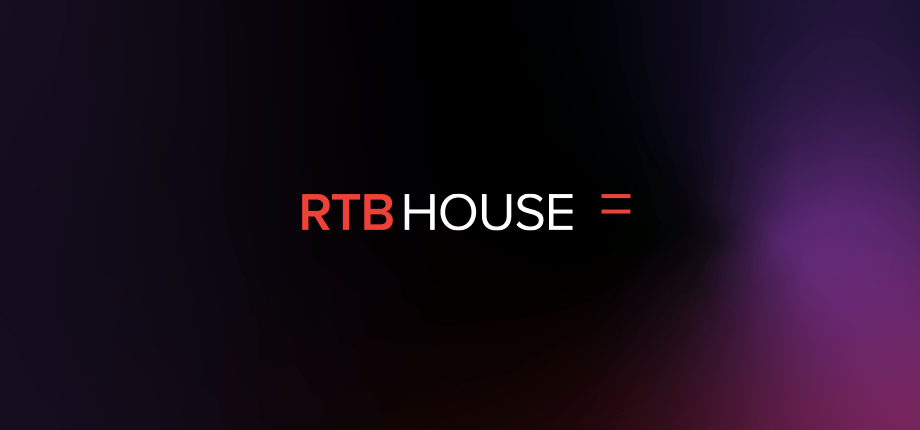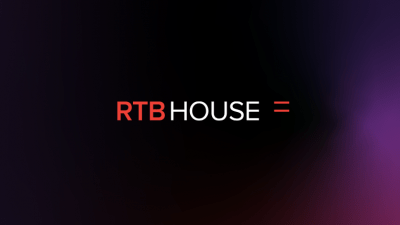Last Updated on: 22nd May 2024, 01:23 pm
As Chrome plans the deprecation of third-party cookies for early 2025, and the deadline is fast approaching, the AdTech ecosystem is in pressing need of a detailed plan of how the phase-out of third-party cookies will look. A clear schedule will help ensure efficient planning and coordination, allowing for a smooth transition to a stable, vibrant ad ecosystem based on Privacy Sandbox. To help achieve this clarity—and to initiate a wider discussion—in this blog post, we will propose what we believe is a viable next step after the 1% deprecation. We will cover the following areas
- The current status of the Privacy Sandbox initiative.
- The importance of a continuous feedback loop.
- The benefits and limitations of the 1% testing scenario.
- Proposed milestones for further progress.
- The importance of a shared vision.
The current status of the Privacy Sandbox initiative
At RTB House, in early 2020 we identified the Privacy Sandbox as the most promising long-term technology to support our core product—performance-oriented retargeting—in the post-cookie environment. After nearly four years of research and development, we are even more confident in our assessment.
We are happy to see increasing engagement from many AdTech companies in the testing of Privacy Sandbox and, in particular, of Protected Audience API (PAAPI). With 25+ AdTech companies already on board, it’s becoming increasingly evident just how much coordination will be required as cookies are phased out. Aside from these AdTech providers, many more advertisers and publishers will have to be introduced to the changes brought about by these new technologies.
The importance of a continuous feedback loop
As discussed in our previous blog post, the AdTech ecosystem is a complex organism with many cross-company interdependencies. The same is true for the Privacy Sandbox, and some of the questions we now face include:
- How many buyers and sellers will take part in a typical PAAPI auction?
- How much browser resources will there be per buyer?
- Will Bidding & Auction Services become a necessity?
- What will the inventory look like?
- How will new bidding models and algorithms affect the winning price distribution?
Instead of trying to prepare for the unknown, the most efficient way to address such questions is through a real-world feedback loop. Put differently, we’re not just “testing” Privacy Sandbox; we need to work together to build and fine-tune the new ecosystem in a coordinated and iterative manner. How well this is done will largely determine the success of the new technical stack.
The benefits and limitations of the 1% testing scenario
The 1% deprecation serves an essential purpose as the first ecosystem-wide test without third-party cookies. It will allow us to verify the technical viability of the stack; for example, cross-company integrations, request flows, request volumes, browser resources, and auction latency. New issues may also be discovered and addressed. Barring large, unforeseen problems, we believe that six months of 1% tests should be enough to establish the initial structure of the ecosystem.
However, at some point, further progress will be blocked. Most notably:
- With only 1% of traffic, buyers may (and most likely will) allocate disproportionally high budgets to cookieless campaigns. This will skew core metrics across publishers, AdTech companies, and advertisers. A bigger slice of traffic will be needed to meaningfully measure and optimize the effectiveness of cookieless systems.
- 1% of traffic may be too small to attract testing from all companies that will be present in the ecosystem in the long term. Certain conclusions, for example about browser-side resources and latency, may therefore not translate into the target environment.
- Machine Learning models used in Protected Audience auctions will eventually have to be trained in a new way, on data obtained through new, private (and therefore restricted) reporting mechanisms. 1% of traffic is insufficient to train and verify such ML models.
- 1% tests are not enough to warrant the onboarding of all advertisers to the new technology (new ways of configuring, monitoring, and optimizing their campaigns).
Proposed milestones for further progress
To facilitate further progress beyond the limited 1% tests, we believe that the next milestone should be increasing the fraction of cookieless users to 10%. This would unblock further progress in a number of ways:
- It would allow for more meaningful measurement and optimization of cookieless systems.
- It would be possible to start training and testing Machine Learning models based purely on cookieless traffic.
- AdTech firms could tune their infrastructure gradually as the volume of traffic grows.
- Advertisers could be gradually onboarded to the new kind of cookieless campaigns. AdTech firms would not have to onboard 100% of their clients in a waterfall fashion.
- 10% of traffic will invite testing from an even larger number of companies. Subsequently, their participation in the 10% test will shift the dynamics of the emerging ecosystem.
- 10% would be a significant step up from 1% testing; however, compared to a full deprecation, it is much less likely to disrupt the financial flow of a company if its cookieless system is not yet optimal.
- Through a continuous, gradual feedback loop, we maximize the chances of a smooth transition to a stable, vibrant cookieless ecosystem.
In the previous blog post, we showed that the dynamics of the ecosystem will shift continuously as the fraction of cookieless users grows. Therefore, we think that the real-world feedback loop should be maintained through the entire phase-out process. To achieve this there should be additional milestones on the path to 100% deprecation, and each milestone should give time for the ecosystem to adapt to the newly increased amount of cookieless traffic.
We think there’s some flexibility in the exact amount of traffic for each milestone. A potential sequence of milestones could start from 1%, and then proceed through 10%, 20%, and 50%, before finally reaching 100%.
The duration of each milestone should allow the ecosystem to identify and address new issues. A full cross-company development cycle might be needed: identifying the issue, discussing and picking a solution, followed by implementation and deployment.
We therefore recommend allocating at least 3-4 months for each milestone. On the other hand, we also need to be careful not to make the timeline too long, so that, as an ecosystem, we maintain focus and momentum.
The importance of a shared vision
Above all, what we need as an ecosystem is a shared vision that is known to all involved companies many months before the actual phase-out, ideally soon. We understand the difficulty in proposing such a timeline–including the legal, business, and technical aspects. The other side of the coin, however, is that such lack of clarity imposes the burden of unnecessary contingency planning on all participants, which impedes the actual transition.
With Privacy Sandbox proposing strong, sophisticated APIs, we think the success of the new ecosystem now depends on efficient planning, coordination, and execution. That is why we’re coming forward with the proposal for the next step, and we invite all other ecosystem participants to share their thoughts.





